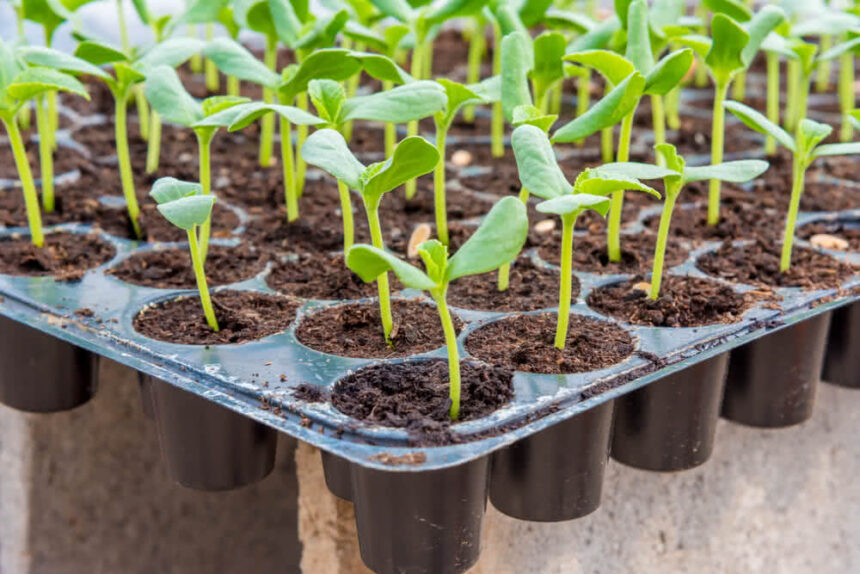Growing your own vegetables is not only a great way to save money and ensure that you are eating all-natural, healthy produce – it can also be a fun activity for the whole family to participate in. Starting and maintaining a robust vegetable patch or garden is challenging for those new to gardening. Here are some tips and suggestions for starting and nurturing your own vegetable garden.
Choosing Your Vegetables:
Carefully consider the vegetables you want to grow. If you are a beginner or don’t have a lot of time to dedicate to your garden, choose vegetables that are easy to grow. Some examples of vegetables that are easy to grow are tomatoes, green beans, and peppers. More difficult vegetables might be very temperature or pest-sensitive or require high maintenance and include eggplant, cauliflower, and onions. Also, remember what type and amount of vegetables your family will consume – it would be a shame to produce food that is wasted because it is not eaten.
Begin With Seed Starting Trays:
Seed starting trays are a great way to get your garden started. Starting your vegetable seeds off in trays allows you to get a good idea of how specific plants grow. It allows you to closely monitor watering and sunlight requirements. If you are starting your vegetable garden with your children, letting them help you plant and water seedlings and watch them sprout is a fantastic and fun learning opportunity for them. Starting seedlings off in trays indoors means that you can plant them earlier than you would in your garden, extending their harvest time. Similarly, you might be able to grow and harvest some vegetables outside of their season if the seeds are kept in the right conditions indoors. Generally, seedlings should be transplanted from their trays to their gardens once they reach two to three inches tall. The specific timing of this could differ for different vegetables, so ensure that you have timed the planting of your seedlings according to the season.
Choose The Right Spot In Your Garden:
Before moving your seedlings from their trays, ensure you have chosen the right spot in your garden to plant them. Most vegetables need six to eight hours of direct sunlight per day in order to thrive. Too much shade can affect the growth, yield and even flavor profile of your vegetables. Additionally, a shady spot might be more prone to moisture retention, which can cause unwanted fungi production or root rot. You will also want to choose a spot in your garden that is sheltered from harsh winds or prone to waterlogging. This can damage your plants, especially when they are still young. Avoid establishing your vegetable garden in a spot that people or animals frequently walk through.
Size And Accessibility:
Consider how big your garden will be and how much you intend to harvest. For a beginner, starting with a garden that is too big is not recommended, or it might become unmanageable. You also don’t want to create a massive vegetable garden if you are only intending to feed a small family. If space in your garden beds is limited, consider raised beds. Raised beds can allow you to better control soil quality and drainage and can be easier to access when you need to weed, water and harvest your plants. They can keep your plants safer from certain pests. Raised beds may be the best solution for your vegetable garden if you have pets or young children, as they allow for room to walk between beds instead of walking through them.
Soil Type And Quality:
You will also need to ensure that your designated planting location has the right soil for your vegetables. Sandy soil that drains well is best for most vegetables. Your soil should also be nutritious so that your plants remain healthy. Mixing organic matter into your soil is a good way to ensure that your soil is nourishing your plants. The pH of your soil is also important for healthy and happy vegetables. PH tests can be bought from gardening retailers, or DIY tests can be found online and done with household ingredients.
Carefully Manage Watering Needs: Different plants have different needs when it comes to how much water they require to stay healthy and grow strong. Research the best watering conditions for your plants and supply them with water accordingly.


